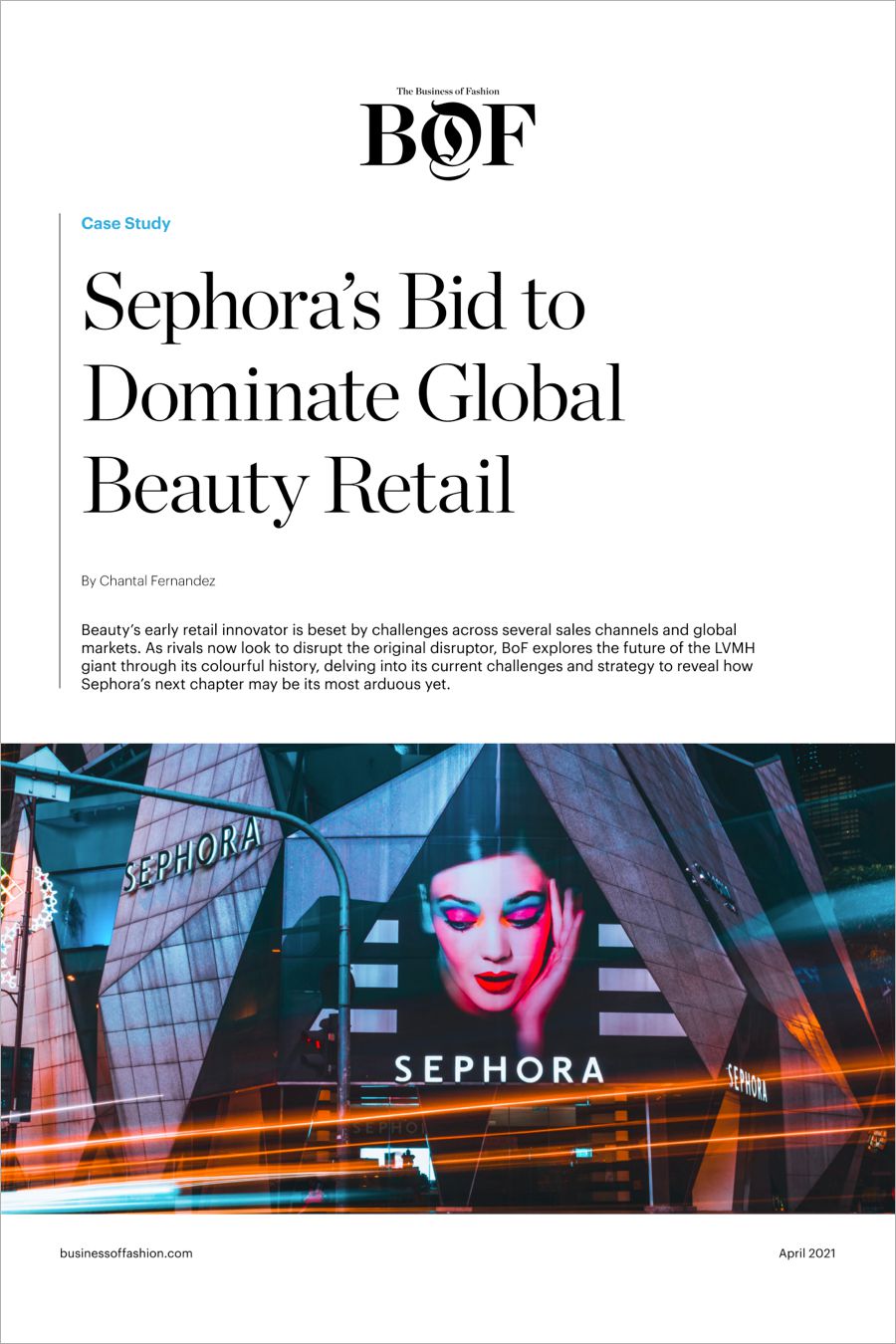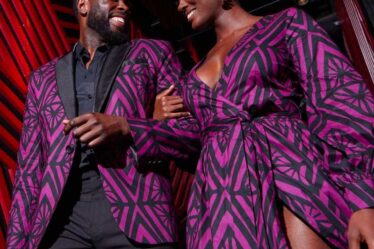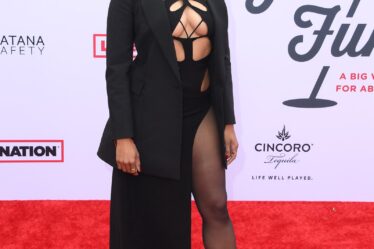
Today, Sephora is synonymous with luxury beauty, generating more than an estimated $10 billion in annual sales across 2,000 stores in 35 countries, making it one of the most successful multi-brand retailers in the world. The retailer has managed to consistently disrupt the beauty market with its assisted self-service multi-brand and multi-category approach. But Sephora wasn’t always a success story, even after LVMH acquired it in 1997.
Sephora first expanded against many odds in 1970s France, a market then dominated by independent perfumeries. Three decades later, it defied competitors again as it grew its footprint internationally, displacing entrenched luxury beauty sellers at American department stores and other legacy retailers around the world.
Then in the 2010s, Sephora defended itself once again against the rise of e-commerce players and the decline of the mall. Now, amid a pandemic that has hindered access to its most important assets — its carefully curated stores — Sephora faces more competitors across more regions and channels than ever before and is increasingly competing with the brands sold in its stores. Can beauty’s original retail disruptor fend off the latest wave of competitors? BoF explores Sephora’s prospects through the lens of its colourful history, delving into the context of its current challenges and strategy, to reveal insights about the state of the beauty market in 2021.
Click below to read the case study now.



